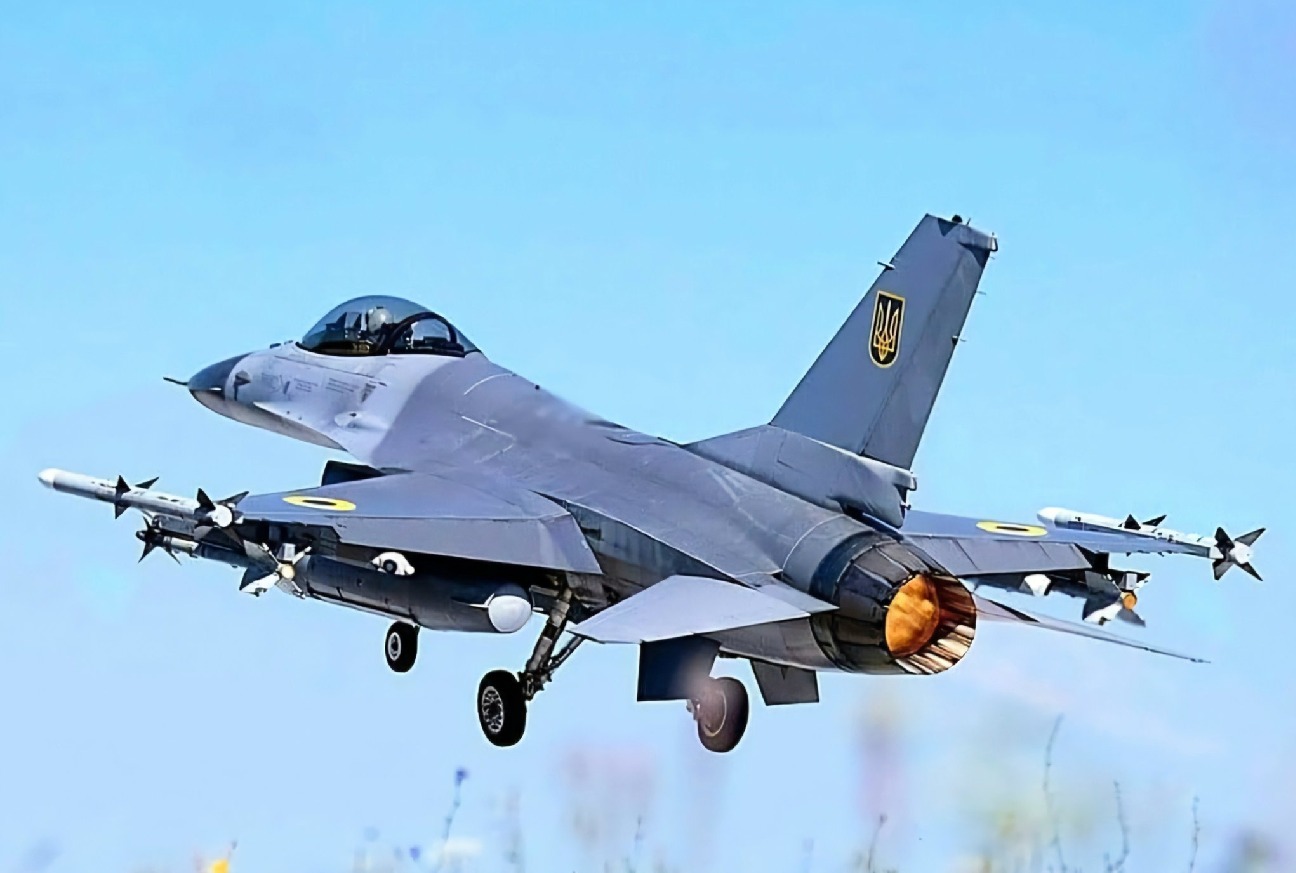The United States has unveiled a substantial military aid package for Ukraine valued at 375 million dollars. For the first time, this package may potentially feature the AGM-154 Joint Standoff Weapon (JSOW) intended for Ukrainian F-16 fighters.
The package was announced by US Secretary of State Antony Blinken on September 25. According to reports, it includes ammunition for the High Mobility Artillery Rocket Systems (HIMARS), Javelin and other anti-armor systems, Mine Resistant Ambush Protected vehicles, bridging systems, and other vehicles and military equipment.
Additionally, air-to-ground bombs that are equipped with cluster munitions and can be fired by Ukraine’s fighter jets have also made it to the list of equipment to be sent to Kyiv.
Although the US made no mention of it, a US media report last week noted that the package would include the AGM-154 Joint Stand-Off Weapons (JSOW) used by the US Air Force (USAF), the US Navy, and several of its allies.
The package has been unveiled at a crucial time, as Russia continues to bombard Ukraine in a bid to decimate and cripple its energy infrastructure ahead of a harsh, cold winter. Moreover, Ukrainians are currently combating Russian troops in the Kursk region of Russia, where an offensive was launched in August.
The US just announced a new aid package for Ukraine with equipment valued at $375 million, including, for the first time, AGM-154 JSOW glide bombs. The package also includes:
-HIMARS ammunition
-155mm and 105mm shells
-TOW ATGMs
-Javelin and AT4 AT weapons
-M1117 ASVs pic.twitter.com/30FbtaRvT3— OSINTtechnical (@Osinttechnical) September 25, 2024
Furthermore, the speculation about the potential transfer of AGM-154 comes amid reports that the US and UK could give Kyiv the green light to use the long-range Storm Shadow missiles to strike targets inside Russia — a red line that NATO allies have so far not authorized the Ukrainians to cross.
The AGM-154 has a range of about 70 miles or about 112 kilometers. While these missiles do not have the range that Ukraine has been demanding, they will provide Ukrainian pilots with potent new weaponry as their forces engage advancing Russian forces in the east, where Ukrainian troops have been steadily losing ground.

In fact, the AGM-154’s range will enable Ukrainian pilots to circumvent Russian air defenses and frontline weapon depots, thereby offering Kyiv another means to target these locations and create further challenges for the Russian military.
As previously reported by EurAsian Times, these aircraft have so far been deployed by Ukraine to shoot down Russian missiles and drones raining on Ukrainian cities.
Incidentally, the US has also launched an effort to supply the AGM-154 to Taiwan for its F-16V Vipers. In February this year, the US announced it was partnering with RTX Corp (formerly Raytheon) to deliver 50 AGM-154 Block III C Joint Standoff Weapons (JSOW) to Taiwan over the next four years.

The missile was part of a larger package announced in 2017 to bolster the capability of Taiwan’s F-16s. The delivery of the missile, along with an array of other systems, including the F-16 Vipers, has been delayed. Nonetheless, once integrated with the F-16s, the missile would be a major boost to Taiwan’s air fleet as it prepares to stave off a potential Chinese invasion.
It is safe to say that these US-origin fighters have become an irritant for both US adversaries—China and Russia. However, the F-16s provided to the Chinese adversaries are brand-new and way more advanced than the older variants provided to Ukraine after being decommissioned from the air forces of NATO states, including Denmark, Norway, the Netherlands, and Belgium.
Despite that, the F-16 is the most advanced aircraft in the Ukrainian fleet, which is predominantly composed of Soviet-era warplanes. As recently reported by EurAsian Times, the aircraft is not being employed for “complex missions” after an unfortunate crash last month.
What Do We Know About The AGM-154?
The United States Navy and Air Force collaborated to develop the glide bomb known as the AGM-154 Joint Standoff Weapon (JSOW). This weapon is specifically designed to engage targets beyond the range of conventional anti-aircraft defenses, maximizing aircraft survivability and minimizing friendly casualties.
With its closely connected GPS/INS for navigation, the JSOW is a fire-and-forget weapon that can operate in poor weather conditions and both day and night. An infrared seeker is added to provide terminal guidance.

It is assigned a destination either by a pre-established waypoint or by a point indicated by a targeting pod before launch. The missile glides to the designated location with two wings that extend for further lift, dispensing submunitions in a brief, approximately linear manner.
JSOW, which can strike targets up to 110 kilometers away when dropped from an altitude and up to 22 kilometers away when launched from a low altitude, would improve the F-16’s ability to launch stand-off attacks.
Additionally, the missile has a unitary and cluster warhead configuration and a small radar signature, which makes it more difficult for adversarial air defenses to shoot down.
- Contact the author at sakshi.tiwari9555 (at) gmail.com
- Follow EurAsian Times on Google News




